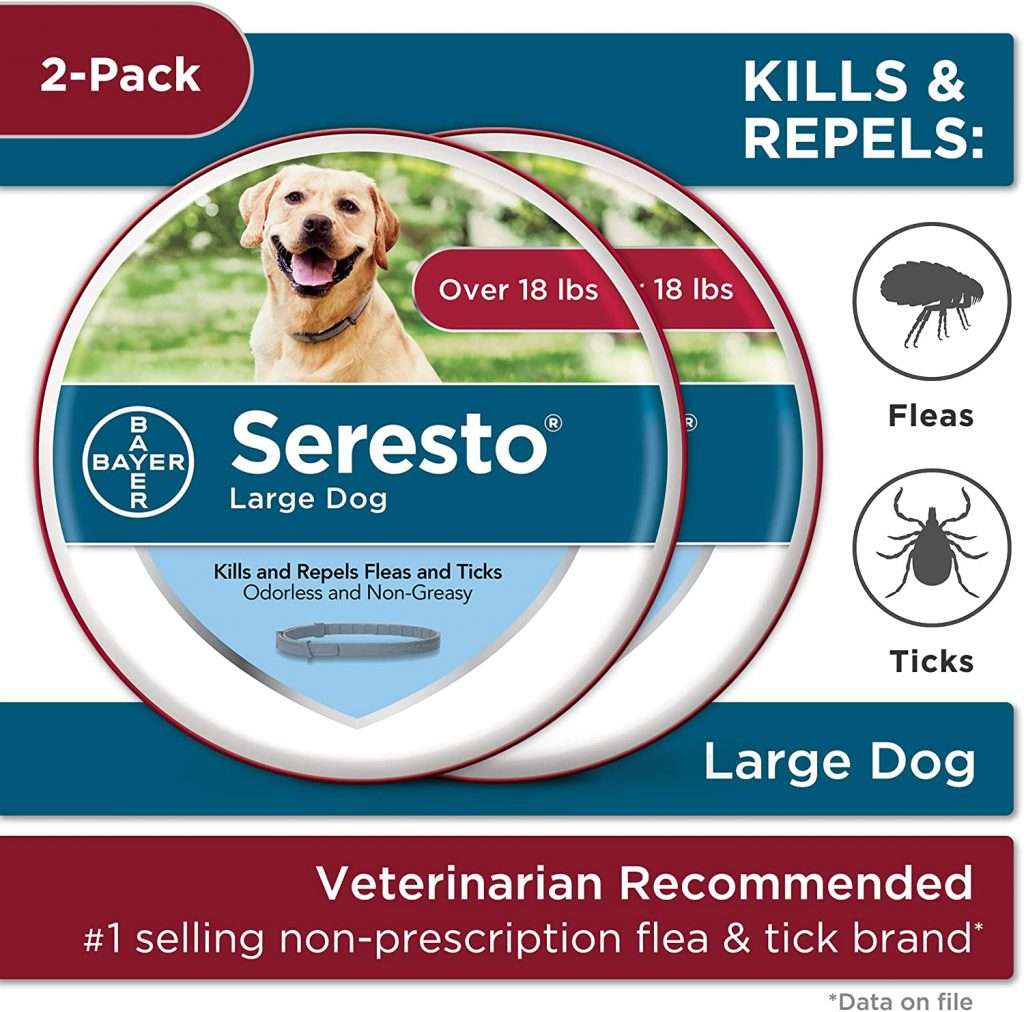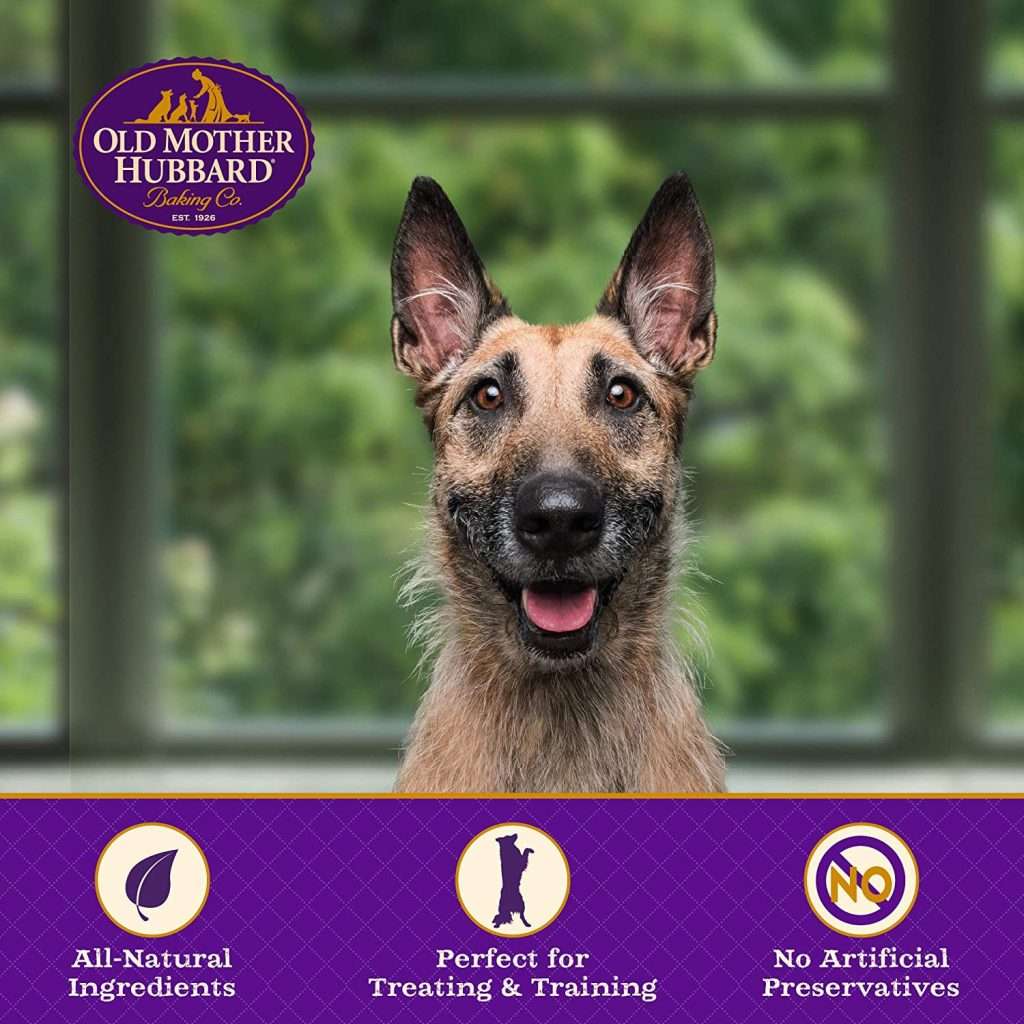 Drooling is a normal part of being a dog. They drool when they’re happy, when they’re anticipating a meal, and when they’re just plain hot. It is their way of cooling off. It is how they show their excitement and pleasure. And, it’s one of the things that we humans find endearing about them.
Drooling is a normal part of being a dog. They drool when they’re happy, when they’re anticipating a meal, and when they’re just plain hot. It is their way of cooling off. It is how they show their excitement and pleasure. And, it’s one of the things that we humans find endearing about them.
However, there are times when a dog’s drooling can be excessive and may indicate a problem.
While it’s true that some dogs drool more than others, and excessive drooling can be a sign of an underlying health condition. If your dog is constantly dripping saliva, understanding what’s normal and what’s not can help you determine whether or not you need to take them to see the vet.
What is Excessive Drooling in Dogs?
Similar to how people sweat to cool off, dogs drool as a way to regulate their body temperature. Drooling is a natural process that helps to keep your dog from overheating. When a dog pants, the air that circulates through their mouth and tongue helps to evaporate the saliva and cool them down.
As mentioned earlier, excessive drooling or in medical terms, hypersalivation, can be a sign of an underlying health condition. Hypersalivation is defined as an increase in saliva production that is not due to an obvious stimulus, such as food or excitement. Medically speaking, it is considered excessive if your dog is drooling more than normal or if the drool is thick and sticky.
Hypersalivation is characterized by an excessive amount of saliva that is often accompanied by drooling. Often, the drool will be thick and rope-like. In severe cases, a dog’s chin and chest may be covered in saliva.
Potential Medical Causes of Excessive Drooling in Dogs
Many dog owners have come to accept drooling as part of their furry friend’s charming persona. While it’s fairly common and usually nothing to worry about, there are a few potential medical causes of excessive drooling in dogs that you should be aware of. If you’ve noticed that your dog salivating more than usual, it might be an indication of something more serious.
Dental Disease or Infection
Dental disease or infection is one of the potential medical causes of excessive drooling in dogs. When a dog’s teeth become damaged or diseased, it can create an environment in the mouth that is ripe for infection.
Gingivitis, or inflammation of the gums, is a common dental problem in dogs. This can lead to periodontitis, which is an infection of the tissues that support the teeth. Often, this type of infection is the result of plaque and tartar buildup on the teeth.
Dogs with dental problems often drool more than usual because their mouths are painful. They may also have bad breath, difficulty eating, and visible tartar buildup on their teeth. In addition, the bacteria that cause dental disease can also damage the tissues that line the inside of the mouth, leading to inflammation and excessive saliva production.
Dental disease is a common problem in dogs, and it can lead to more serious health problems if left untreated. Like humans, dogs need regular dental check-ups and cleanings to prevent disease.
Gastrointestinal Disease or Upset
Gastrointestinal disease or upset can often lead to increased drooling, as the digestive system is unable to properly break down food and absorb nutrients. This can cause nausea and vomiting, which can lead to increased saliva production. Additionally, if your dog’s food is high in fat, it can also lead to pancreatitis, which is a serious condition that requires immediate medical attention.
Foreign Body Obstruction
Another potential cause of excessive drooling in dogs is a foreign body obstruction. If your dog has swallowed something they shouldn’t have, such as a toy or bone, it can become lodged in their throat or digestive tract. This can cause drooling, as well as difficulty swallowing, vomiting, and weight loss.
In severe cases, a foreign body obstruction can be life-threatening and requires immediate medical attention. If you think your dog may have swallowed something they shouldn’t have, it’s important to take them to the vet right away.
Heatstroke
Heatstroke is a potentially life-threatening condition that can affect dogs of all breeds and sizes. Symptoms of heatstroke include heavy panting, excessive drooling, and a body temperature that is above 103 degrees Fahrenheit. If left untreated, heatstroke can lead to organ damage and even death.
Heatstroke often occurs when dogs are left in cars or outdoors in hot weather for extended periods of time. However, it can also be caused by strenuous exercise, certain medical conditions, and reactions to certain medications. Ensure that your dog receives plenty of fresh water and shade when it’s hot outside, and never leave them in a car for more than a few minutes.
Anatomical Problems
Tumors and other anatomical problems can also cause increased drooling in dogs. Tumors of the mouth or throat can block the flow of saliva, leading to an increase in production. Additionally, certain neurological conditions can interfere with the nerves that control saliva production, resulting in hypersalivation.
Rabies
Rabies is a virus that affects the central nervous system, causing different symptoms in different animals. In dogs, one of the most common symptoms is excessive drooling. As the virus progresses, it begins to attack the brain and spinal cord.
This can cause changes in behavior, including increased aggression or listlessness. In some cases, dogs may also experience seizures or paralysis. If left untreated, rabies is almost always fatal. Early diagnosis and treatment are essential for the best possible outcome. Vaccines are available to help prevent rabies in dogs, and all dogs should be up-to-date on their shots.
Diabetes
Diabetes is a condition that affects the body’s ability to produce or use insulin. Insulin is a hormone that helps regulate blood sugar levels. Even dogs can develop diabetes, and it can lead to a number of different symptoms, including increased thirst and urination, weight loss, and excessive drooling.
Diabetes is a serious condition that requires lifelong treatment. If you think your dog may have diabetes, it’s important to take them to the vet for diagnosis and treatment.
Different Factors that Can Cause Excessive Drooling in Dogs
A dog’s anatomical structure can make them more prone to drooling, such as loose skin around the mouth or a long tongue. Aside from medical conditions, there are other factors that may cause some dogs to drool more than others. Some of these factors may include but are not limited to:
Dog’s Breed
Among the different factors that can cause excessive drooling in dogs, one is the dog’s breed. Breeds that are more likely to drool excessively include the bloodhound, bullmastiff, Beagle, and Saint Bernard. These breeds have loose skin around their mouths, which allows saliva to drip out more easily. In addition, these breeds typically have longer jowls, which can also contribute to drooling.
Dogs with shorter muzzle shapes, such as pugs and shih tzus, typically drool less because their saliva has less space to pool.
Anxiety or Excitement
When a dog is anxious, their body produces more saliva as a way to calm themselves down. This saliva production can cause the dog to drool more than usual. Excitement can also cause a dog to drool. When a dog is excited, their heart rate increases and they may pant more than normal. This increased respiration can also lead to increased saliva production and excessive drooling.
Age
Age can be a factor in causing excessive drooling in dogs. As a dog ages, his or her ability to produce saliva decreases. This decrease in saliva production can lead to an increase in the amount of drooling. In addition, age can also lead to a decrease in the number of teeth. This, in turn, can cause the gums to become inflamed, which can also lead to increased drooling.
Finally, age-related problems such as arthritis can make it difficult for a dog to keep his or her mouth shut, leading to excessive drooling. All of these factors combined can make excessive drooling a problem for aging dogs.
Activity Level
If a dog’s activity level suddenly increases, it can lead to increased drooling. This is because when a dog exercises, his or her respiration increases and this can lead to an increase in saliva production.
Since dogs don’t have sweat glands all over their body, they cool themselves down by panting. Along with this behavior, they also tend to drool more when they are hot. If your dog is panting and drooling more than usual, it’s important to make sure he or she doesn’t overheat.
Diet
What a dog eats can also affect how much he or she drools. Dogs that drool more when they’re hot. If your dog is panting and drooling more than eat food with high levels of salt or other minerals may drool more than those that don’t. In addition, some dogs may be allergic to certain ingredients in their food, which can also lead to increased drooling.
Exposure to Toxins or Chemicals
Exposure to toxins or chemicals can also cause a dog to drool more than usual. Toxins can come from many sources, such as plants, cleaning products, and even some kinds of food. If a dog ingests something that is poisonous, you may notice that your furry friend may start to exhibit signs of toxicity, such as excessive drooling.
When is Excessive Drooling Not Considered Normal?
Now that we know some external factors and medical conditions that can cause excessive drooling in dogs, when is it not considered normal? When is it a cause of concern?
A little dribble of saliva here and there is considered normal for most dogs. But if you notice that your dog is drooling more than usual, or if the drool is thick and ropey, it may be a cause for concern. Clear, white saliva is usually nothing to worry about, but if the saliva is green or yellow, it may be a sign of an infection.
Additionally, you may want to observe your dog for other signs. Is he/she lethargic, vomiting, or has a decrease in appetite? Was there a change in activity levels or perhaps their diet? How’s the temperature outside? Is it hot and humid? If your dog is drooling excessively and you notice any of these other signs, shrugging it off might not be the best idea. Drooling alone is okay, but if it is accompanied by other symptoms, it could be indicative of a more serious problem. As we always suggest, if you’re not sure, always seek your veterinarian’s professional opinion.
Final Thoughts
Cute as they may be, wet spots on the floor and slobbery kisses are probably not what you had in mind when you brought your furry friend home. But don’t worry, in most cases, excessive drooling is part of their normal repertoire and nothing to be concerned about. Just be sure to keep an eye out for any other unusual symptoms that might accompany the drooling, and follow your gut feel.
If you think there may be something wrong, always consult your veterinarian. They are the experts and will be able to give you the best advice on how to proceed.









